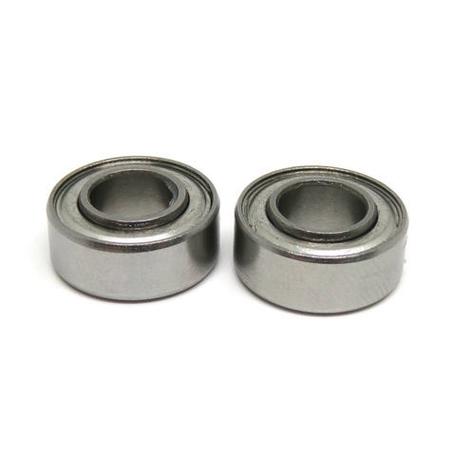The Ultimate Guide to Ball Bearings: Types, Applications, and Selection Tips
Introduction
Ball bearings remain fundamental components in modern machinery, enabling smooth rotation while reducing friction. This comprehensive guide explores ball bearing mechanics, applications across industries, and expert selection criteria to help professionals optimize equipment performance.
What Are Ball Bearings?
Ball bearings consist of precision-engineered spherical elements contained within circular races. Their primary function involves supporting radial and axial loads through minimized surface contact.

Key Benefits of Modern Ball Bearings
High-quality ball bearings deliver 35% friction reduction compared to plain bearings, significantly improving energy efficiency. Their sealed variants maintain lubrication integrity for 50,000 operational hours, while precision-ground models achieve micron-level tolerances for aerospace applications.
Industrial Applications Breakdown
From electric motor armatures to wind turbine pitch controls, ball bearings enable critical functions. Medical imaging equipment utilizes ceramic hybrids for EMI resistance, while food processing machinery employs stainless steel variants meeting FDA sanitation standards.
Ball Bearing Classification System
Major categories include deep groove (most common), angular contact (axial load specialists), and thrust bearings (pure axial applications). Specialty types feature polymer cages for chemical resistance or hybrid ceramic/metal construction for extreme temperature operations.
Selection Criteria for Optimal Performance
Critical parameters include load capacity ratings (dynamic/static), ABEC precision grades, and material compatibility. For high-RPM applications, consider bearing clearance classifications (C2 to C5) and proper lubrication methods (grease vs oil bath).
Why Choose Our Ball Bearing Solutions?
Our ISO 9001-certified facility produces industrial-grade bearings with customizable sealing solutions and material specifications. Explore our catalog featuring corrosion-resistant marine bearings and high-temperature variants rated for 350°C continuous operation.
FAQs
What's the typical lifespan of industrial ball bearings?
Properly maintained bearings in standard applications typically achieve 30,000-50,000 operating hours. Extreme conditions may reduce this by 40%.
How often should bearings be relubricated?
Sealed units generally require no maintenance. Open bearings need relubrication every 500-2,000 hours depending on operational stress.
Conclusion
Understanding ball bearing specifications ensures optimal machinery performance. Contact our engineering team for custom bearing solutions tailored to your operational requirements.




 13869596835
13869596835